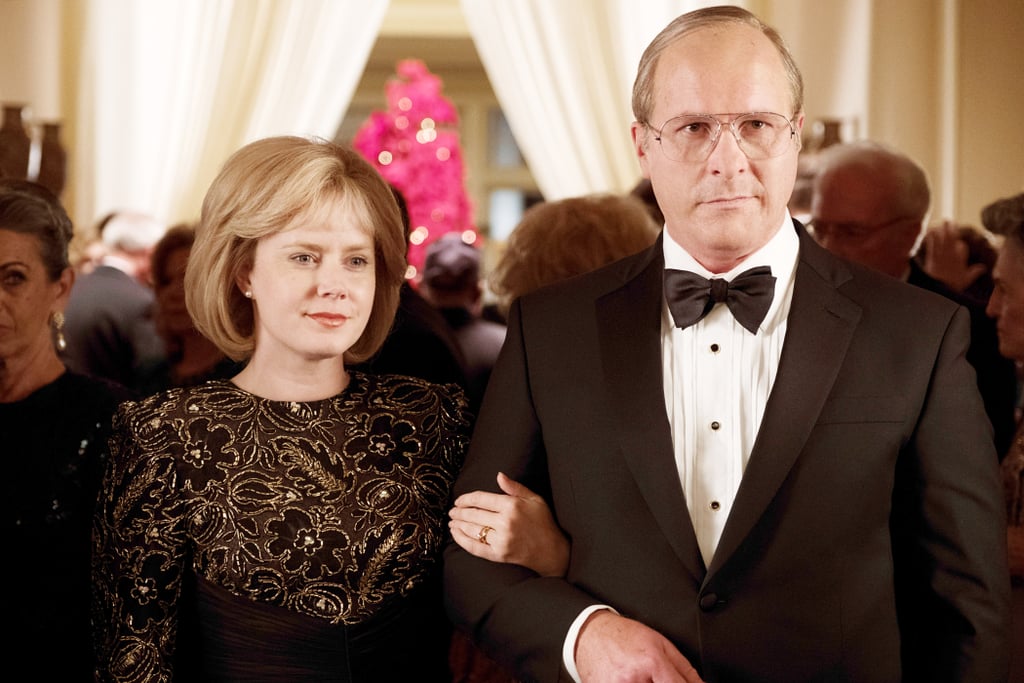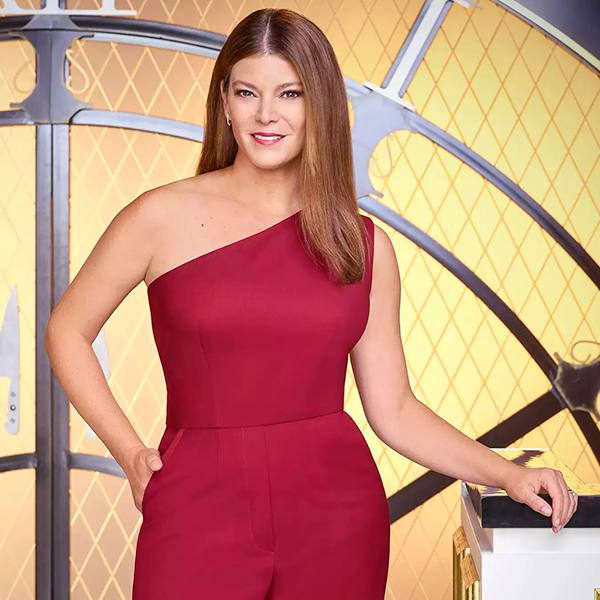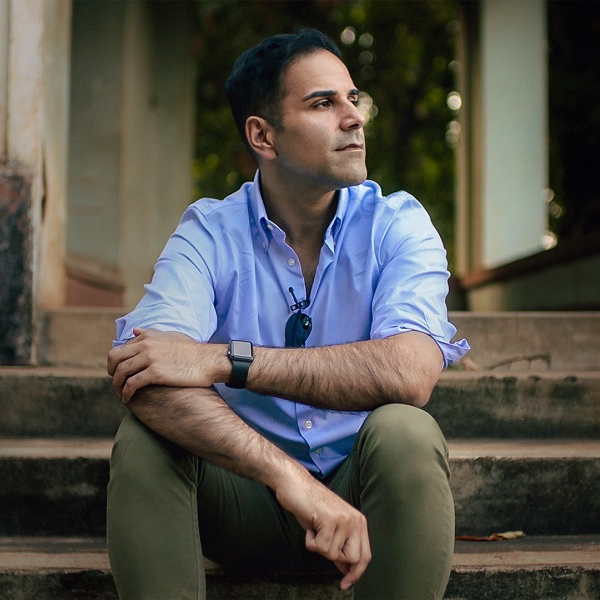Fresh off her recent Academy Award for Best Achievement in Makeup and Hairstyling for Vice, a satirical look at former U.S. vice president Dick Cheney, makeup designer Kate Morgan Biscoe, BA’16, is now working her magic in Australia on the set of Godzilla vs. Kong, due in theatres in 2020. Though she’s contractually prohibited from talking about the film before its release, she can confirm one thing – she’s not doing the makeup on any monsters.
“I wasn’t expecting to win an Academy Award,” Biscoe says, recalling her whirlwind Oscar night in February. “When I heard our names called, I thought they were just announcing who worked on the film. Then suddenly, I went, ‘Oh, my gosh! We won! I’ve got to hightail it up to the stage!’”
Biscoe, the makeup division head on Vice, shared the Oscar with her colleagues Greg Cannom and Patricia Dehaney. The trio was also recognized for their work on the film with a Hollywood Makeup Artist and Hair Stylist Guild Award and a win from the Online Film and Television Association.
Her contributions to Vice were primarily focused on doing makeup for Amy Adams, who played Cheney’s wife, Lynne, but Biscoe also worked with other actors – helping to transform Tyler Perry into Colin Powell and LisaGay Hamilton into Condoleezza Rice.

“Vice was challenging, because Amy’s character undergoes seven decades of aging,” Biscoe explains. “Plus, the film was not shot in order; one day, Amy has to be 23 years old, and in the next shot, she’s 73. Amy’s a fantastic person to work with. She’s very analytical, just like me, and really pays attention to the meaning of words in a script.” The two also worked together on the HBO miniseries Sharp Objects.
When hired for a film, Biscoe says she extensively investigates both the history of the times and how the era might affect the way in which characters relate to the story being told: “I love seeing how socio-political influences shape the way people look.”
Active in the film industry since 1996 – her first job was as a hair stylist on Sling Blade, starring Billy Bob Thornton – Biscoe has won several major awards, including sharing an Emmy Award in 2013 for her work on Behind the Candelabra, an HBO biopic about Liberace. Unfortunately, she couldn’t attend the award show, as it fell on the first day of her work on shooting Gone Girl, starring Ben Affleck.
Affleck is another of her favourite artists to work with, and she has been involved with him on a number of projects including Justice League, Batman v Superman and Argo, which he both starred in and directed.
“He’s so incredibly supportive,” she says. “Argo was set in 1979, and after studying the facial hair of that period, I saw that men didn’t generally have goatees then. I asked some actors to shave their goatees and they adamantly refused. When I told Ben this, he jumped up out of his chair and confronted them with, ‘Who’s refusing to shave?’ They crumbled, and shaved.”
Born in New York City to movie-loving parents, Biscoe was an exchange student in high school and lived with a family in Chamonix, France while attending school at Le Lycée Du Mont Blanc in Le Fayet. When choosing a university, she was drawn to McGill.
“As an idealistic 18-year-old in 1988, I was interested in benefiting from the world-class social services that Canada had to offer,” she says. “McGill University seemed like the obvious choice, because I wanted to continue to speak French and, at that time, as a foreign student, if you studied French lit, you got to pay Quebec/Canadian fees.
“I loved taking classes like ‘Le Cinéma Français’ and ‘Critique Littéraire et Analyse,’ and loved learning about Jean-Paul Sartre, Jacques Lacan, Michel Foucault and Jacques Derrida. S/Z by Roland Barthes was the book that would lay the foundation for how I now analyze scripts and design makeups for characters using visual codes, signs and signifiers to create visual triggers for the audience. I choose what to visually reveal, or withhold, for the sake of storytelling. So going from literature to film makeup is not as great a leap as everyone imagines.”
Biscoe left McGill in 1992 to try her hand at modelling in New York City. When jobs became scarce, she began helping her filmmaking friends by doing makeup for their independent films. She soon found herself working more behind the camera than in front of it.
She returned to McGill in 2016 to finally complete her degree, studying with professors Jane Everett and Catherine Leclerc in the Department of French Language and Literature, who inspired her to explore her interest in Haitian literature. In fact, Leclerc urged Biscoe to revise her thesis paper for possible publication in the Journal of Transnational Studies, and to someday earn a PhD in Haitian literature.
But for now, movie work is keeping her busy.
“I love creating characters,” she says. “I always enjoyed painting and sculpture. But now, I’m doing it on humans.”


